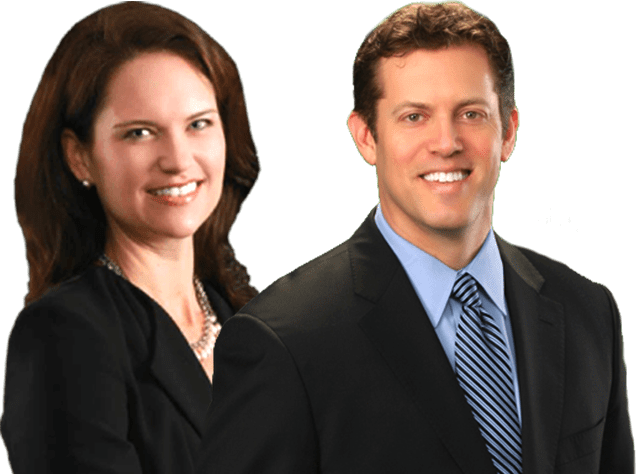





Prosecution And Evidence in Prince William County Reckless Driving Cases
The following is taken from an interview with a Prince William County reckless driving lawyer as he discusses what needs to be proven in a reckless driving case in order to get a conviction. To discuss your case, schedule a free consultation today.
Where Traffic Matters are Heard
Depending on the severity of the charge, their case can be heard in one of three Courts in Prince William. The most common are the General District court which hears traffic cases and misdemeanors and also conducts preliminary hearings on felony cases. If their case involves a family member or a juvenile as a victim or if they themselves are a juvenile, then their case will be heard in the Juvenile and Domestic Relations General District Court.
If their charge is a felony charge, after a preliminary hearing in one of the General District Courts I just mentioned, their case will ultimately be heard in the Prince William County Circuit Court.
What Does The Prosecution Need To Prove
What the prosecution needs to prove in a reckless driving case varies depending upon the type of reckless driving charge that the individual has received. For example in a reckless driving speeding case, the prosecution will need to prove that the defendant was the operator of the vehicle and that they were going 20 miles per hour or more above the speed limit or more than 80 miles per hour regardless of the speed limit.
They will also need to be able to show that the radar equipment or other equipment that was used in determining the speed was properly calibrated. In addition, they will need to prove that the equipment used to calibrate the radar equipment was calibrated within the time that’s prescribed by statute in Virginia.
In the case of a general reckless driving offense, the prosecution has to demonstrate that the defendant was engaged in some sort of driving behavior that rises to the level of recklessness and that endangered either life, limb, or property.
A common situation arises where there has been a single vehicle accident and the police very often will charge someone with general reckless under those circumstances. One of the most common mistakes people make in that setting is trying to tell the police why they think the accident happened. This is because without their testimony there is typically no way to convict them of that charge and people often don’t know in the wake of an accident what precisely occurred.
What Types of Evidence Are Typically Presented In These Cases?
In addition to evidence of speed, there can be photo evidence of the scene and the accident including, not just the vehicle and whatever damage was done, but also skid marks or yaw marks that are left on the road.
It can also include a witness testimony, as there are frequent witnesses to the various varieties of reckless driving, who the police may subpoena to offer testimony against the defendant. The most damaging form of evidence is often officer testimony about what the defendant said at the scene.
Do not send us confidential information related to you or your company until you speak with one of our attorneys and get authorization to send that information to us.
